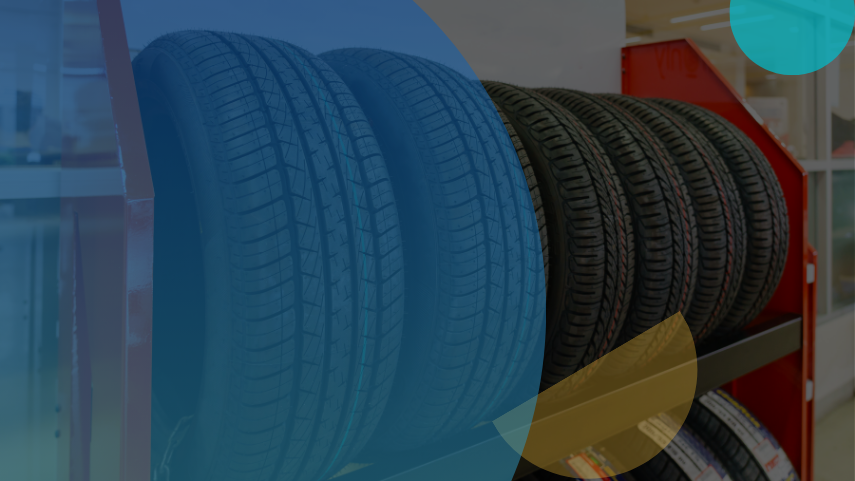
Struggling to Find Innovative Smart Materials for Tire Durability Under Regulatory Pressure
The R&D team of a renowned tire manufacturer was tasked with exploring innovative smart materials to create more durable tires, addressing the growing concerns over peeling and cracking caused by dry rot. The push for these innovations came from a rise in tire-related accidents, which led to stricter regulations. There were a few factors that made the research process more complex:
- Material Saturation: Numerous smart materials flooded the market, each claiming to offer superior durability or unique benefits.The team faced difficulty filtering out genuinely innovative solutions from those already widely commercialized.
- Regulatory Compliance: Many advanced materials lacked long-term safety data or faced significant regulatory hurdles. The wrong choice could result in costly recalls or compliance issues.
- Exploring Smart Solutions: While the team initially considered established technologies like self-healing and self-sealing materials, they recognized the need to explore more innovative solutions to meet the industry’s rising demands.
Targeted Material Selection for Enhanced Tire Durability and Innovation
The R&D head received a detailed analysis of innovative aroma delivery technologies designed to enhance flavor and scent in food products. The team initially identified solutions like Scentaste™ and Aroma-Can®, offered by the German startup air up®, as promising options. The team evaluated these technologies based on strict criteria, including temperature resilience, food-grade compliance, and compatibility with existing packaging materials.
This approach ensured that their specific needs were met, leading to the identification of unique, market-ready solutions. By adopting these technologies, he will be able to differentiate their products and deliver an improved customer experience.
Key Findings from the Analysis
The detailed analysis of innovative smart materials and technologies highlighted two key findings:
- Major tire manufacturers, such as Bridgestone, Michelin, Jiangsu General Science Technology, and Jinde Rubber Fujian, are actively focusing on materials like piezoelectric, self-healing, and shape memory materials, which make up about 80% of the intellectual property (IP) filings in this area.
- Thermo-responsive materials showed significant potential due to their ability to adjust tire grip based on temperature, making driving easier and safer for consumers. While most IP filings for these materials are in China, both Europe and the US are seen as strong markets for these products.
Research Process- How did GreyB Help?
Search Process for Smart Material Identification
The process began with thoroughly investigating the smart materials landscape for tire development. This involved an extensive review of patents, research papers, non-patent literature, blogs, and articles to identify the latest trends and advancements in the field. The goal was to understand the current technological landscape for innovative materials relevant to tire manufacturing.
Capturing Relevant Innovations
The team carefully reviewed a large volume of patent literature to identify innovations aligned with the R&D head’s needs. They formulated targeted search strings using specific keywords and IPC/CPC codes related to tire materials to narrow down the most relevant technologies.
Filtering and Relevancy Checks
The team conducted a relevancy check to ensure they considered only the most pertinent patents and innovations. This helped eliminate irrelevant results, focusing the search on materials directly applicable to smart tire technologies, thereby saving time and resources.
Identifying Key Innovations
The team categorized the shortlisted innovations based on factors such as the number of patent filings, key industry players, and notable advancements. They also used proprietary metrics such as patent acquisitions, forward citations, and grant times to highlight the most significant innovations, enabling him to identify the most promising smart materials for further exploration and development.
Developing advanced tire solutions comes with its own set of challenges, including preventing issues like dry rot, addressing tread separation, and minimizing environmental impact. Navigating these obstacles is key to staying competitive in the industry. Whether it’s identifying durable materials, ensuring regulatory compliance, or balancing cost and performance, GreyB can support you through the process.
If you’re ready to streamline your material selection and bring innovative tire products to market more efficiently, schedule a consultation with our experts today.






